Happinet intends Brigandine: Legend of Runersia as a revival of the PS1-era tactics title Brigandine: Legend of Forsena. The latter had a few problems that held it back, so it seems like a worthy endeavor on the surface.
While there aren’t many other tactics games that do what Brigandine does, this version is held back by some frustrating production and balance problems. In the attempt to address Legend of Forsena’s biggest issues, Happinet sort of glossed over other important problems that still very much need fixing.
Brigandine: The Legend of Runersia Review — Of Monsters and Muddles
In Runersia, you’re the leader of one of six nations. In typical fashion, you try to conquer the other five for one reason or another. No matter the nation you choose, you’re joined by a handful of allies, and you’ll gradually unlock extra story scenes either as the story itself progresses or you uncover lost Records that explain how the world works.
It’s mostly high-fantasy dressing for Runersia‘s gameplay, but that doesn’t make it any less enjoyable.
The gorgeous 2D artwork accompanying each scene goes a long way to making the game feel unique, on top of each nation’s own particular motivations and problems. Still, more scenes breaking up bouts of invasion would have been a very good thing.
Brigandine’s gameplay is basically Risk tactics. You have five years to unite Runersia, and these years are split into seasons. Each season is essentially a turn, and it’s divided into two phases — or three if you’re a stickler for categories. Organization and Attack are the two main phases, with Invasion sliding in as the back half of Attack, should you actually choose to attack anyone (more on that in a bit).
The Organization phase is the Risk element of Brigandine, and it’s definitely what makes it stand out among other tactics games. Initially, you have a number of bases to work from and defend, but you don’t have nearly enough Rune Knights to defend them all. It’s not a matter of just putting one Knight on each base either, since that’s just asking for trouble.
Consequently, part of your task is shuffling your forces around to cover potential enemy invasion points, push forward with your own invasion, or, if you’re like me, madly scramble to recover bases you lost because you didn’t balance the other two factors well enough.
Because your enemies are fairly dormant at first, it’s easy in the first five seasons or so to stretch your resources too thin — creating outposts against multiple enemies or trying to handle too many invasions at once. Planning at least one or two seasons ahead is essential from the get-go.
You’ll recruit more Rune Knights as the game unfolds either through quests or scripted events (the requirements for triggering in-game events are pretty much inscrutable, though).
Rune Knights are strong on their own, but you’ll need to summon monsters to create a squadron around them if you actually want to win battles. After leveling them up and, for Rune Knights, achieving a level of Proficiency with a job, you can reclass to learn new skills, too, so there’s a nice trade-off involved in training your troops.
But the Knights and monsters are where things get a bit sticky.
Each base has a pre-set pool of monsters you can summon from. That said, it seems random which base can spawn which monster. I could get a centaur from just one of 15 bases, and the same was true for goblin warriors. Dragons, wolves, and golems are a dime a dozen.
No problem, you might say. Except you need a Rune Knight on the base to attach the monster, which means taking them from wherever else they might have been stationed; and that’s one season. Then you’ll spend the next season moving them back where you need them. The Mana system adds a bit to this issue.
Normally, it’s a boon. Each monster has a Mana cost, and each Rune Knight has a Mana limit that grows as they level up. Basically, you can’t summon 100 dragons and stick them on one Knight; you have to design your squads carefully.
It necessitates planning ahead, but it also seems like an artificial and unnecessary layer of planning — more of an annoyance than an actual feature. That goes double when you consider terrain advantages. There are several kinds of terrain, each offering bonuses or penalties depending on your unit type. At first, depending on which nation you start with, you won’t really need to deal with terrain, but that changes as you push your invasions further.
The execution is a bit heavy-handed. For instance, I get the Shinobi are forest dwellers, but their maps are absolutely full of forests. That puts every unit except flyers and plants at a disadvantage. Normally, I’d think this was a nice twist that really makes use of the monster system and some of its finer details as you optimize for combat. But it just ends up feeling tedious.
On the bright side, if you don’t stop to plan new monster squads, you’ll build your formations around the map’s other spots of terrain with your existing teams, though it does mean dealing with garbage hit rates.
Whether you’re constantly building new teams or just adding new critters in general, you’ll need to level these monsters up. If you lose a monster in battle, it’s gone for good. That’s an incentive to not suck at battle, obviously, but a loss or 10 is bound to happen eventually. New monsters come in at Level 1 and are mostly useless in battle unless you pull a Final Fantasy 2 and use them as damage sponges just to rack up experience.
Enter quests to fix this problem.
You can undertake quests at a base and send Rune Knights and squads on various quests that carry names (but no descriptions), as well as a likelihood of success or failure (with nothing indicating why it might go one way or the other). You’ll get items and experience points based on how successful each quest is — something out of your control — or you can send a squad off to training camp for some additional experience.
The experience is handy for getting new monsters and some Rune Knights to at least Level 5, but it also doesn’t scale. A bonus of 200 experience points starts seeming paltry after that level. In turn, different levels of training would have made a big difference, and it could easily have been offset by taking, for example, two seasons to complete instead of just one. It’s less of an issue as you progress, but it makes getting started a bit of a pain.
So all this is what you have to consider for your Organization phase, except quests, which fall under Attack. It’s a lot to deal with at first, and Brigandine’s lengthy tutorials don’t always hit every point you need to know. Expect to still be learning how the game works several hours in.
The Invasion phase is, unsurprisingly, where battles unfold, and you can engage in as many invasions during the Attack phase as you feel you can handle. Battles play out on big-ish sized maps. Regardless of how many Rune Knights you have piled onto one base, you can only take three into battle.
There’s an odd quirk at play here too. You’re encouraged to shore up your vulnerable bases so your Command Points — a number indicating the likelihood you’ll withstand or pull off an invasion — match or exceed a nearby opponent’s. It’s ultimately a bit pointless since you can’t actually use all these Knights in battle.
It seems this might be a holdover from higher difficulties. On normal, enemy nations only invade empty bases or, as happened once, bases where every Knight is off on a quest. I haven’t tried hard yet, but I’m guessing enemies are more aggressive there.
Anyhow, once battle starts, you have 12 turns to either capture the enemy stronghold by placing a unit there for one full turn, defeating all enemy commanders, or forcing them to surrender. Or so the game tells you. I tried the capture option and it didn’t actually work.
The 12-turn limit is a carryover from the original Brigandine, and it brings the same problems with it. Because you don’t have time to plan out strategies for dividing the enemy’s army or approaching a town/palace from all sides, combat typically devolves into all six squadrons meeting somewhere in the middle and bashing each other until someone’s dead enough.
That’s not to say strategy isn’t involved. You’ll need to pay close attention to unit placement thanks to Brigandine’s unique hexagon system where you can’t pass through hexagons adjacent to a unit. This is something you can use to your advantage to block enemies from more vulnerable troops or to trigger a “chain” where you surround enemies and raise your critical hit rate.
It’s a neat idea that isn’t really necessary in most cases. Typically, the quagmire of Knights and monsters duking it out just makes the placement gimmick an obstacle more than anything.
Even still, because most units’ special skills can’t be used after movement, creating some kind of formation and adapting it to enemy movements is something you’ll be doing a lot. Maybe that’s a good thing, since it’s how you’d expect a battle to play out. This isn’t Fire Emblem, where super-powered student assassins single-handedly infiltrate fortresses, so I’m a bit torn between the obvious limitations and the fact that they do sort of fit the situation.
But that doesn’t explain the game’s balance problem. Levels don’t always determine battle strength. For example, a Level 1 Ghoul should absolutely not be able to survive three hits from a Level 10 Dragon or several spell blasts from a powerful enchanter.
The biggest issue here is that it’s the same exact problem Legend of Forsena dealt with and was criticized for. Happinet responded to criticisms of animations being too long, and that’s greatly appreciated. But lack of map variety, slapdash use of terrain, weird balancing, and limiting the game’s own strengths with the in-battle turn limit ultimately drag it down and make for a weird disconnect between the planning involved with the Organization phase and the brawls battles usually turn into.
There are a couple of badgering production values to point out as well. First is the audio. The sound effects for monsters and characters are… odd. One species makes a sound akin to a cartoon sound-byte of stepping in poo. The Dancer-class Rune Knight makes a sound similar to sleigh bells when she moves. I don’t know why, but it’s at odds with the high fantasy feel Brigandine’s aiming for and just feels cheap.
The localization needs some work too. It seems there’s probably two editors on the project or maybe an editor and a machine, because you’ll go from good fantasy writing to lines that don’t fit the context or completely break character, sometimes in the same set of dialogue.
Brigandine: Legend of Runersia Review — The Bottom Line
Pros
- Tons of depth
- Good high-fantasy story, even if there’s not enough of it
- Give and take gameplay, where every action comes at a cost
- That satisfaction when your plans bear fruit
Cons
- Some frustratingly unnecessary layers of planning
- Retains many of the same problems of the original
- Needs more polish
- Some aspects, like quests and events, need more attention
- Disconnect between the Organization phase’s planning and the mosh pit fights Invasions invariably turn into
In the end, scoring Brigandine: The Legend of Runersia is tough. I love its depth, concepts, and style. And the laundry list of complaints is more noticeable when you’re not actually playing it.
Still, there are definite issues that need addressing, especially those gameplay problems lingering from the ’90s. Hopefully, we’ll see another new Brigandine willing to take bigger steps to fix these issues.
[Note: A copy of Brigandine: The Legend of Runersia was provided by Happinet for the purpose of this review]


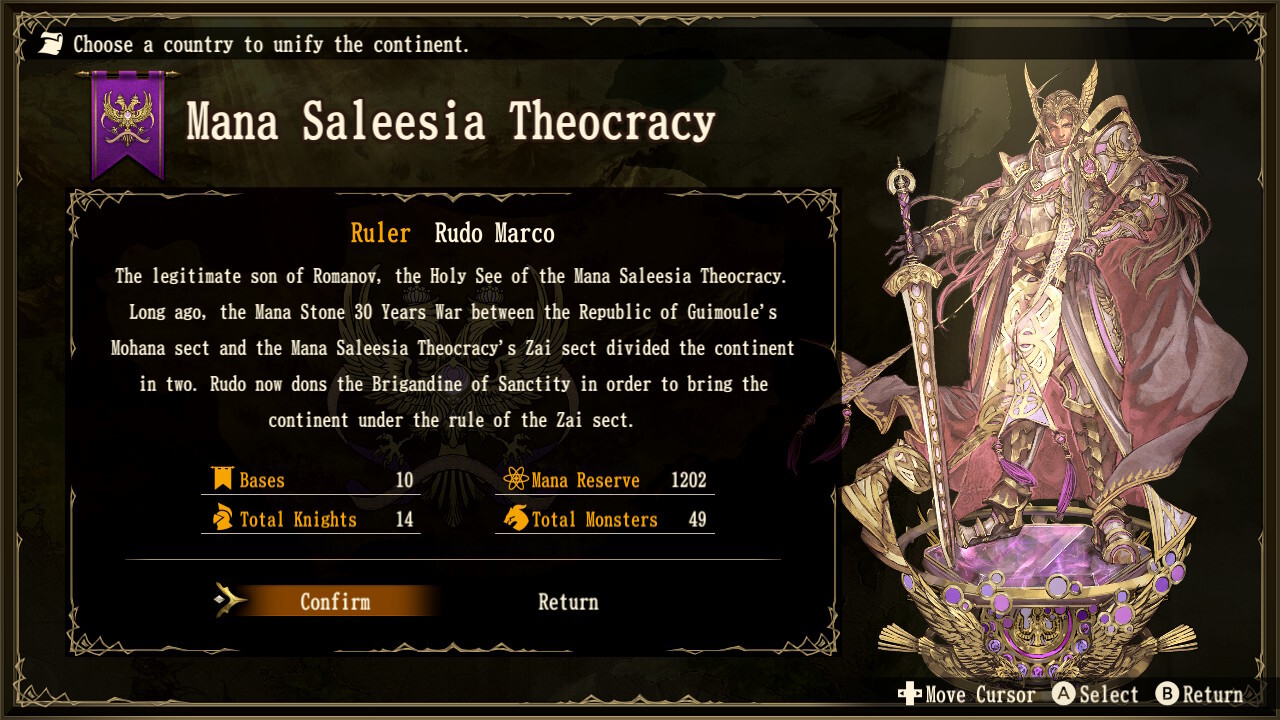
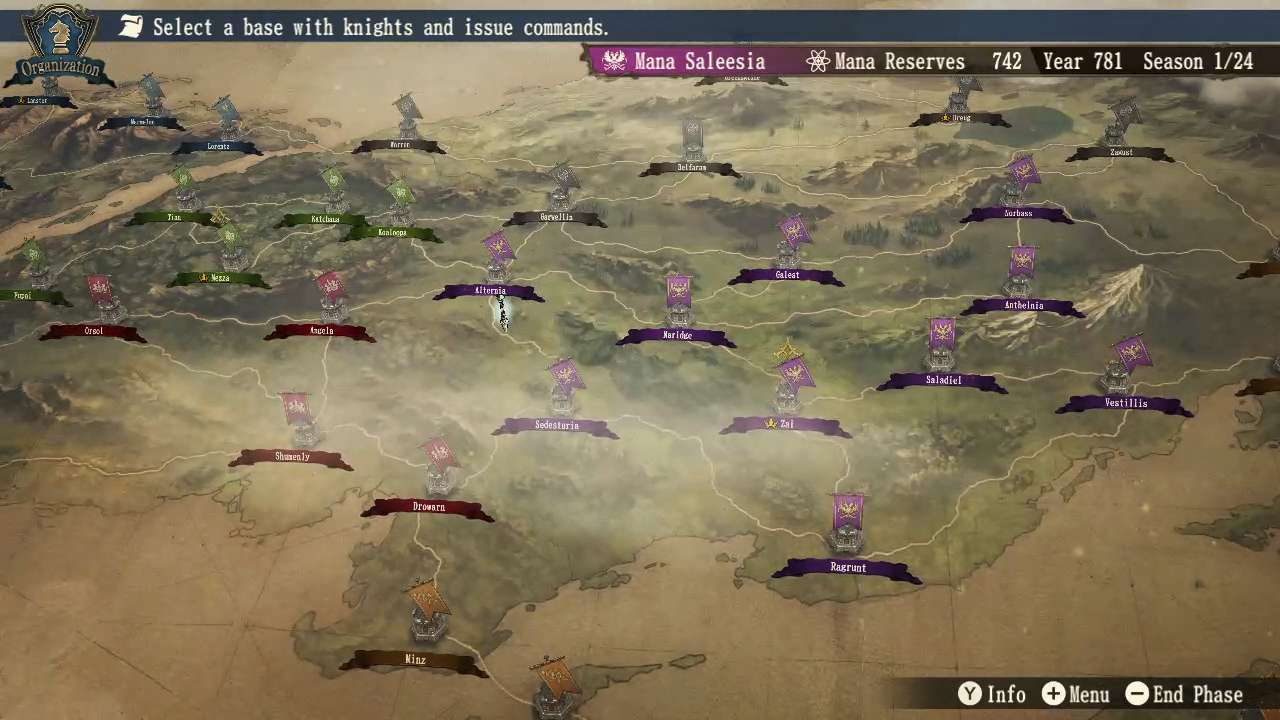
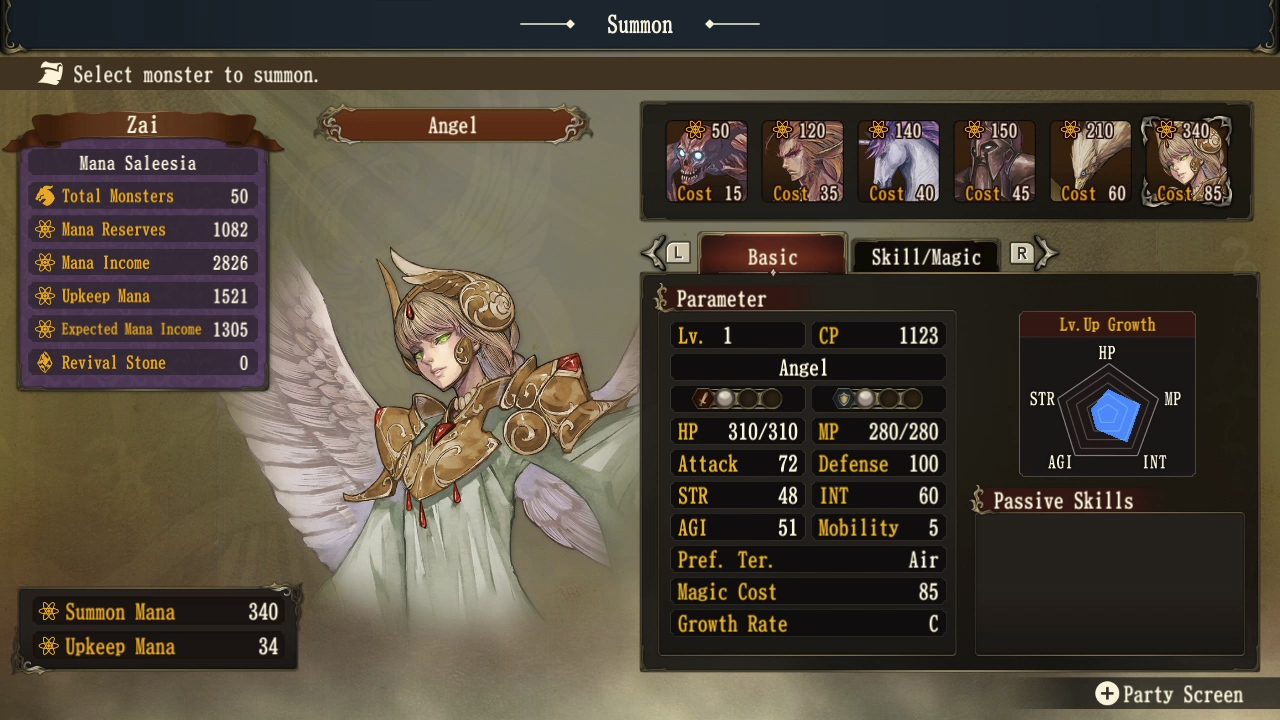
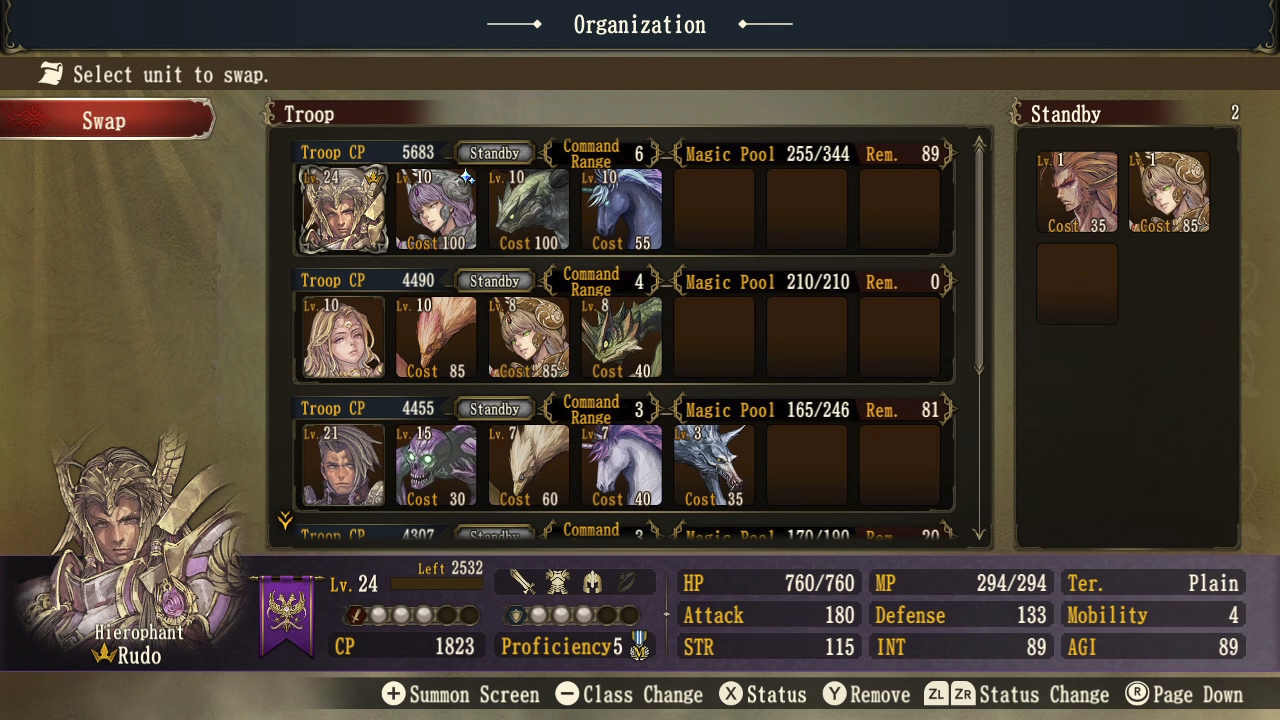
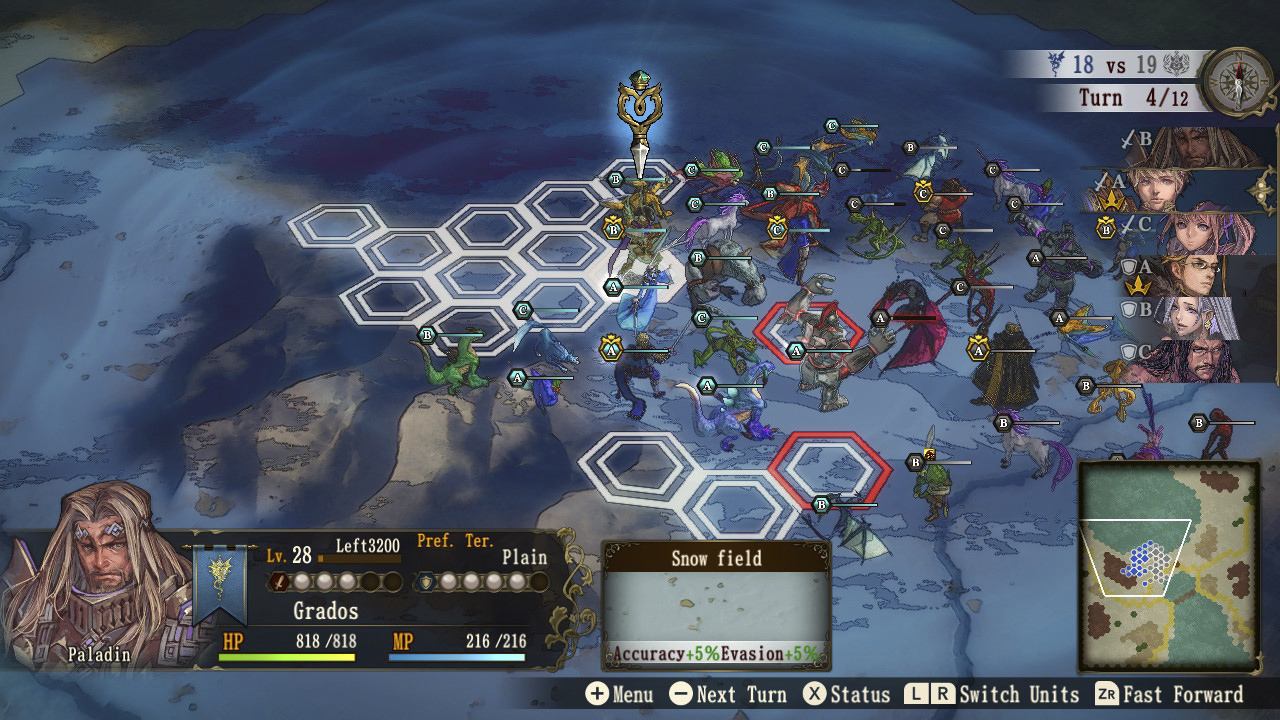
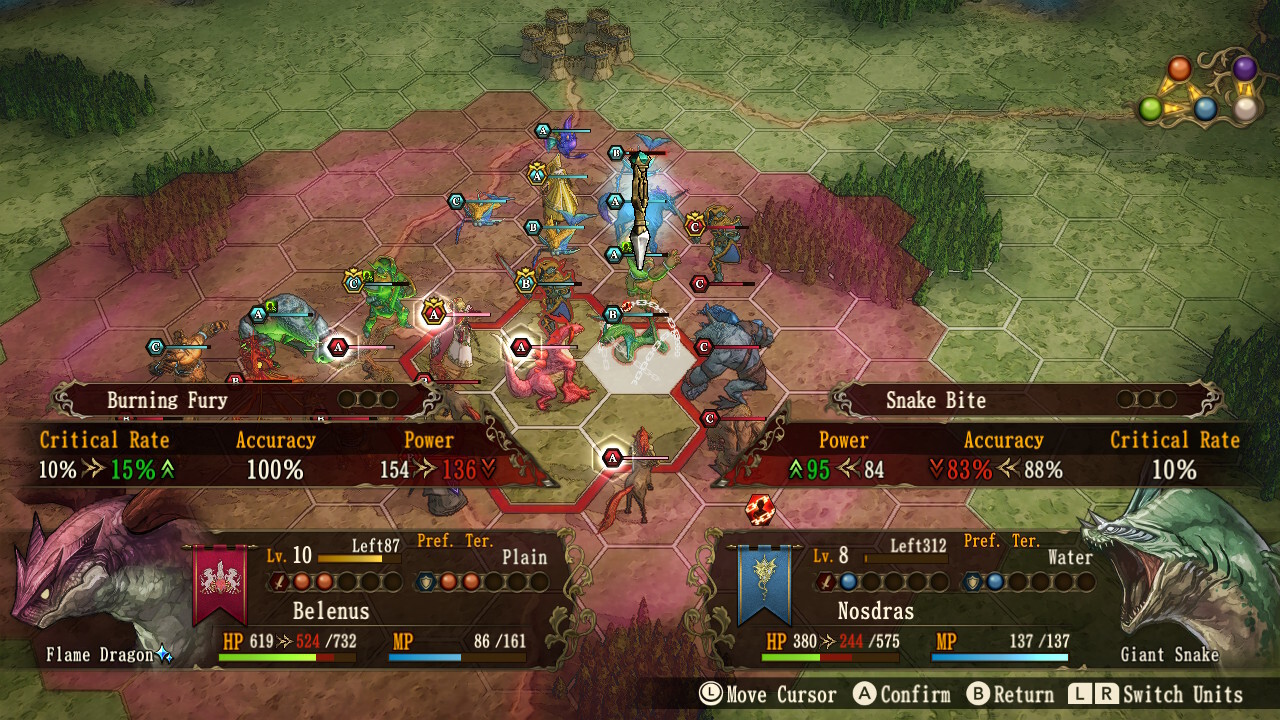
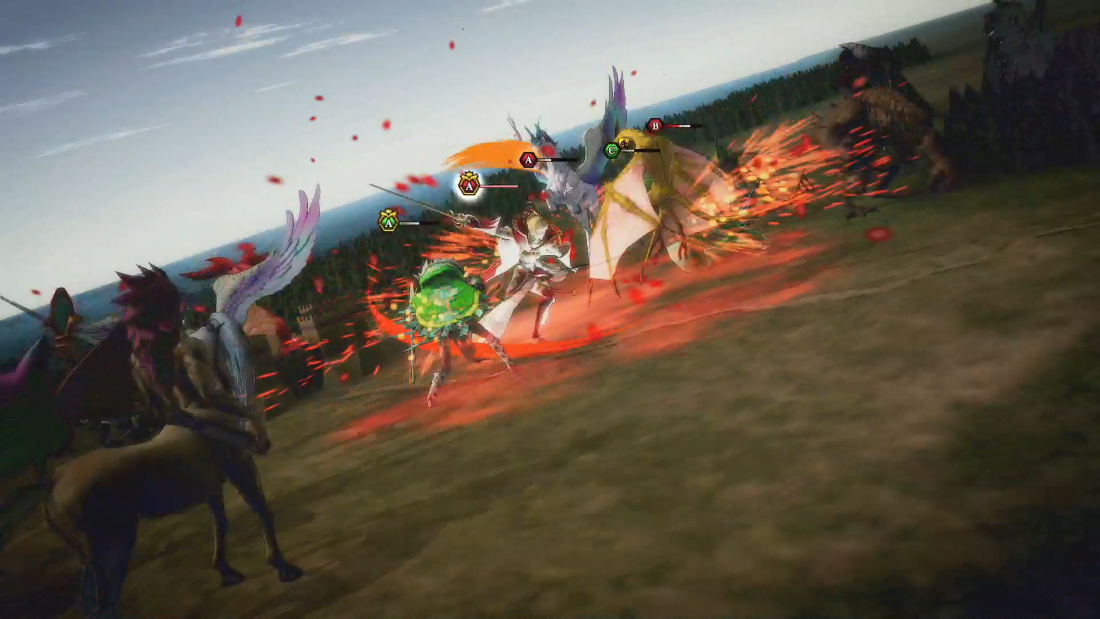





Published: Jun 24, 2020 02:23 pm